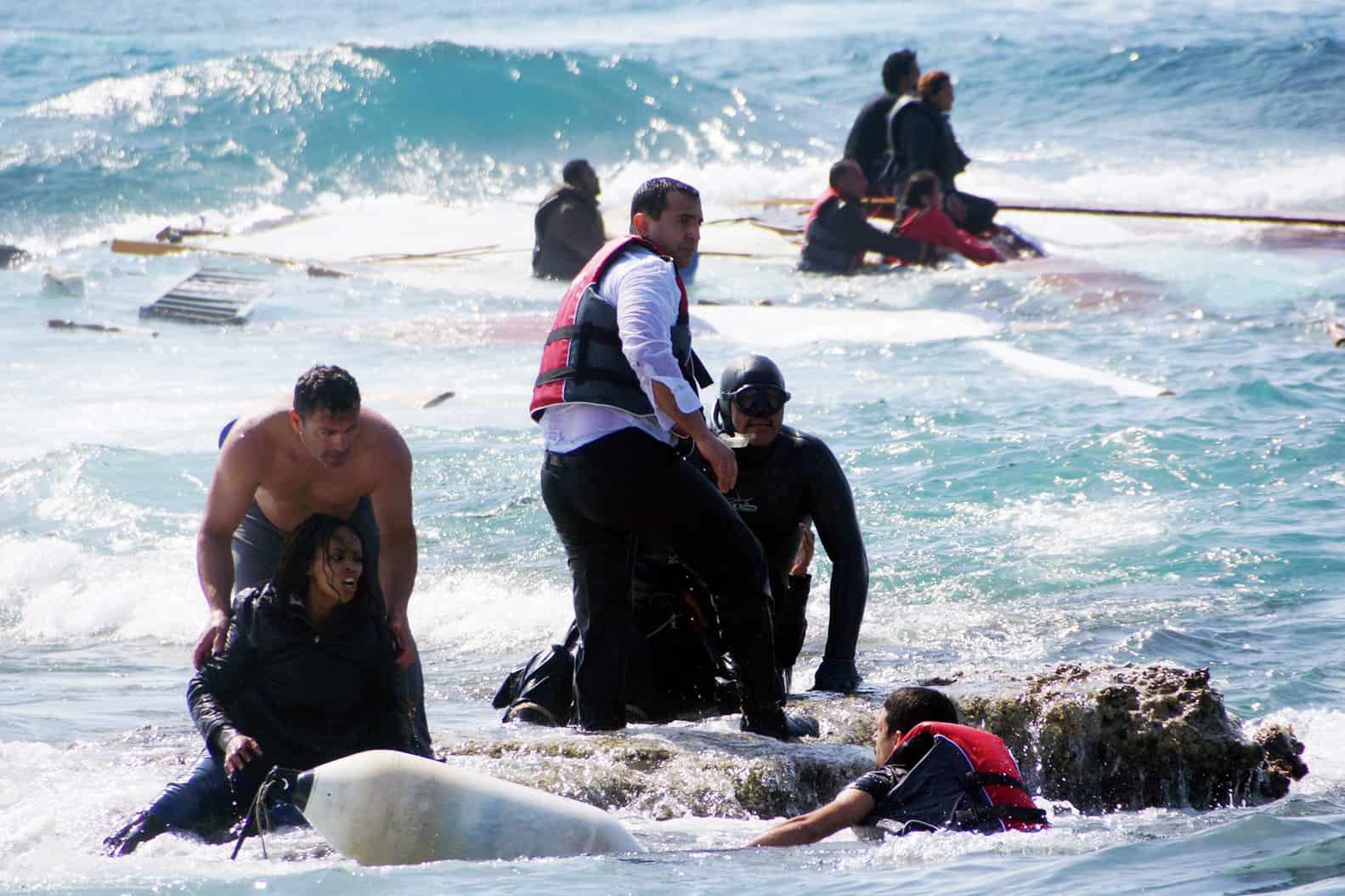BRUSSELS, Belgium — Europe’s refugee and migrant crisis has escalated over the summer, leaving the continent divided over how to deal with a flood of people led by Syrians fleeing war in their homeland.
A record surge in numbers, and the opening up of new routes over the Balkans in addition to the Mediterranean sea route, have prompted the EU to call a special meeting on the issue in two weeks.
Here are the key questions and answers about the biggest crisis of its kind to face Europe since World War II:
Why is the surge happening now?
The situation in Syria, the origin of the largest number of refugees, has worsened because of the rise of the Islamic State extremist group and continuing civil war, so more people are fleeing.
More people are coming directly to Europe instead of staying in refugee camps in neighbouring countries that are bursting at the seams, says Melissa Fleming, spokeswoman for the U.N. refugee agency.
But also the longer people spend in refugee camps in Lebanon, Jordan and Turkey, the more likely they are to realize they cannot start a new life there and want to leave, especially with no sign of the four-year civil war ending anytime soon.
Recently people are being drawn by Germany’s announcement that it expects to process 800,000 asylum applications this year, and Berlin’s decision to become the first EU state to stop automatically returning Syrian asylum-seekers to their first EU port of entry.
How many are arriving?
Nearly 340,000 refugees and migrants illegally crossed the border into Europe from January to July 2015, according to the EU’s border agency Frontex. The figure compares to 280,000 for the whole of 2014.
The U.N. refugee agency separately gives the figure of more than 300,000 migrants and refugees having crossed the Mediterranean so far this year, compared to 219,000 crossings in the whole of 2014.
Around 2,500 have died this year so far, compared to 3,500 for the whole of last year, it says.
Where do they come from?
Syria and Afghanistan were the two countries most represented among migrants entering the EU, according to Frontex.
The top five countries for arrivals in Europe on all sea crossings are Syria (43 percent), Eritrea (10 percent), Nigeria (5 percent), Somalia (3 percent), and others (27 percent), according to the U.N.
Nine out of ten of those making the Mediterranean crossing to Italy are Africans, however.
But nearly one-fifth of those coming over the Balkans are Kosovans, leading Germany and other EU states to call for a register of ‘safe’ countries to which migrants can be returned.
Where are they arriving, and by what routes?
Greece, Hungary and Italy are bearing the brunt of the problem.
Greece had the most landings with nearly 200,000 this year, the U.N. says. Greece sees so many because of people getting boats from Turkey for the islands of Lesbos, Chios, Samos and Kos.
Italy has seen 110,000 landings this year, with people taking the central Mediterranean route on rickety boats from Libya. But numbers have slowed due to the breakdown of order in Libya and the danger of the route.
The Western Balkans have seen a huge surge in arrivals of mostly asylum seekers fleeing Middle East wars, who cross the region after crossing by boat from Turkey to Greece.
Hungary alone reported more than 34,800 detections from January to July, and the area as a whole has seen 102,342, Frontex says.
The most popular final destinations are Germany, Sweden and Britain.
What has the EU done, and what more can it do?
The EU was stung into action after a horrific Mediterranean shipwreck in April that left 700 migrants dead.
The bloc boosted its maritime search and rescue efforts and set up a military naval task force aiming to tackle people smugglers.
It is also setting up “hot spots” in frontline European countries to expedite the classification of newcomers as either refugees or economic migrants.
But plans for the compulsory relocation of 40,000 migrants, to take the strain off Greece and Italy, collapsed because of bickering between EU countries.
In the end they merely agreed to voluntary pledges to take in 32,000, plus another 22,500 Syrian asylum seekers currently in camps outside the EU.
Many believe those numbers are dwarfed by the scale of the problem and European Commission chief Jean-Claude Juncker will unveil new proposals in his state of the union speech next week.
They may include relaxing the “Dublin rules” that Germany has already waived, which currently mean asylum requests must be dealt with by the country where the person first arrives.
Meanwhile, rights groups advocate other solutions, such as giving work visas to refugees and migrants, arguing that it would reduce the smuggling that leads to tragedies.






